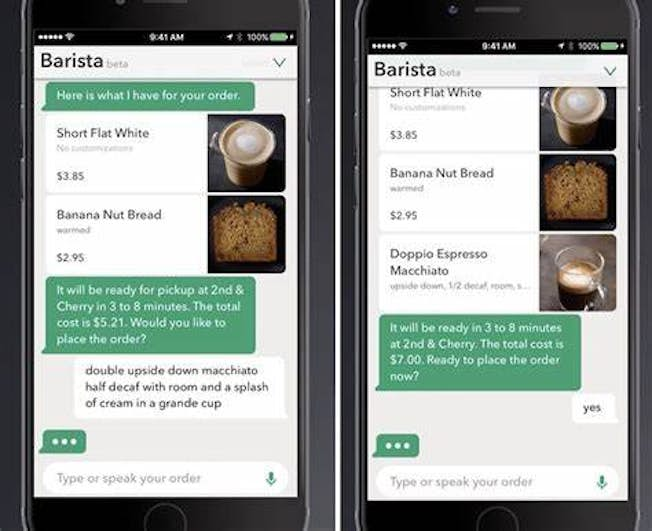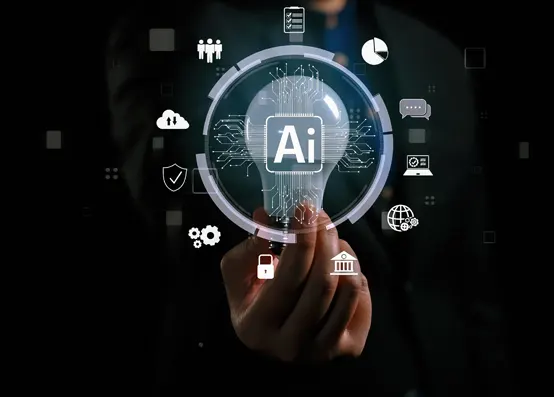
Artificial intelligence (AI), which was once only seen in science fiction, has now permeated every aspect of our daily life. AI is improving daily life through voice assistants, smartphones, fitness monitors, and driverless cars. AI is also changing digital marketing tactics in the commercial sector for a variety of businesses.
An excellent illustration is ChatGPT, which has rapidly gained popularity in digital marketing because to its ability to produce highly targeted, AI-powered content on a wide variety of subjects. AI is widely present in today’s digital environment, as evidenced by the numerous additional AI solutions that are developing and growing to assist marketers in addition to ChatGPT.
Let’s look at some innovative and motivational use of AI in digital marketing to help you better comprehend.
AI Social Media Examples
AI Marketing Automation Examples
AI Digital Advertising Examples
AI Digital Marketing Examples
AI Social Media Examples
Sephora’s AI chatbot-powered shopping service
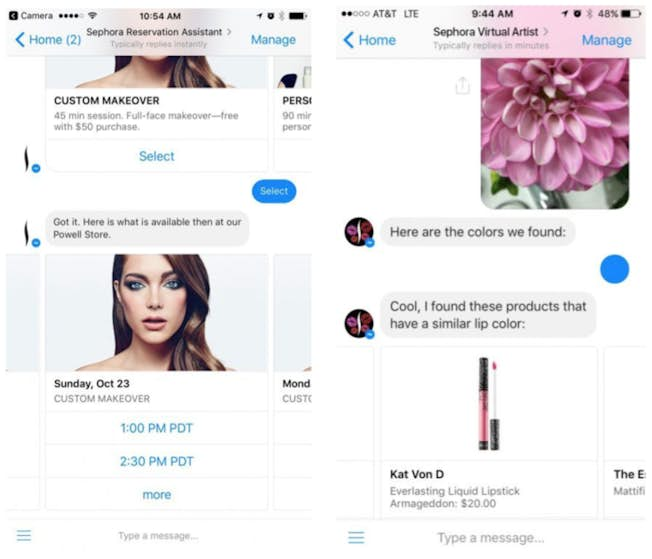
Sephora has used chatbot technology to provide a highly customized and educational client experience because it saw the promise of AI early on. The brand learned from user research that a lot of consumers were feeling overloaded by the sheer number of products, particularly when perusing several pages in some categories.
Sephora created an interactive quiz that uses chatbots to assist clients in navigating the purchase process in order to overcome this difficulty. Based on the responses given, these chatbots deliver personalized advice and recommendations. As a result of this initiative’s success, Sephora expanded its product line and introduced a Facebook Messenger shopping service driven by chatbots.
A virtual color match assistance, a reservation assistant, and even KitBot—a kind and informed beauty professional who offers real-time recommendations and advice—are now all part of this AI-powered Messenger service. Because of this creative strategy, Sephora keeps solidifying its place in the market.
Ada’s AI-driven customer support and social media engagement platform
Ada, a Toronto-based provider of state-of-the-art AI technology, provides a completely configurable platform that easily interfaces with an organization’s current tech stack or tools to provide automated customer care.
In addition to providing human-like customer service and automating crucial operations, Ada’s AI technology uses a conversational tone to increase social media engagement.
Major companies like Zoom, Indigo, and Air Asia have already benefited from Ada’s autonomous technology by using it to improve their social media and customer experience (CX) marketing campaigns.
With the use of multilingual chatbot technology and AI-powered innovations, Ada was able to increase its global presence on several social media platforms in collaboration with the Malaysian ride-hailing service Grab. In addition to expanding Grab’s services to include grocery delivery, bill payment, and takeout orders, this bot-powered system used Facebook Messenger to establish connections with clients in six new foreign countries.
Grab saw growth in all six of its new target regions and was able to reduce its backlog of customer queries by 90% and operational costs by 23% by adopting AI-driven social media communication.
AI Marketing Automation Examples
Starbucks’ AI voice-powered barista services
Currently, 72% of Americans possess a smart speaker like Siri or Alexa, and 60 million adults use voice search on a daily basis. Voice technology is quickly gaining popularity, and Starbucks is just one company that might benefit greatly from embracing its potential.
In an attempt to improve the customer experience, Starbucks combined Alexa technology from Amazon with its well-known app. Customers may place and change orders and confirm pickup locations using the “My Starbucks Barista” service thanks to this integration, which maximizes ease. It’s the ideal fusion of chatbot and voice innovation.
Starbucks has extended its AI efforts by installing AI-powered Mastrena II espresso equipment in thousands of its stores, building on the app’s popularity. These devices enhance the app’s pre-ordering features and provide a more reliable and effective coffee-making experience.
With 31.2 million mobile users to date, it is evident that Starbucks’ creative strategy is driving remarkable global growth and engagement.
Real Estate’s AI-powered rental turnaround service

According to RentCafe’s Rental Market Competitiveness Report, the demand for rental properties continuously outpaces supply, resulting in occupancy rates of 93%, making the U.S. housing market one of the most active in the world.
Realtors in the rental market are eager to increase productivity and efficiency because of the financial stakes.
Tenant maintenance delays were costing one real estate company up to $2.5 million a year in unoccupied properties. It took a lot of time and effort to evaluate jobs like painting, electrical repairs, and furniture replacements.
Project managers used Ray-Ban Meta Wayfarer AI-powered smart glasses to record video and provide commentary on properties in partnership with AI solutions vendor Elemental AI. After that, the AI examined the video, compiled a list of the most important requirements, cut out pertinent parts, and added notes. Tradespeople instantly received this information, which was used to set up appointments and project completion and rental dates.
Consequently, the business saved $1.5 million by cutting the rental turnaround time from 4.5 weeks to just 2 weeks.
Lowe's AI-powered personal shopping assistants

The LoweBot, a cutting-edge AI invention, has improved the in-store shopping experience for Lowe’s, a progressive brand. As clients browse the company’s vast U.S. stores, an AI-powered assistant provides them with customized information and recommendations.
The LoweBot not only facilitates a flawless buying experience but also assists with real-time stock and inventory tracking. Through its mobile kiosks, Lowe’s is able to obtain important information about consumer shopping patterns, giving their marketers crucial information.
In highlighting the company’s technical achievements, Josh Shabtai, Director of Lab Productions at Lowe’s Innovation Labs, stated, “We use our stores as living labs to quickly test prototypes and collect real-world feedback, helping us demystify home improvement.”
Netflix’s AI-centric user content suggestion tool
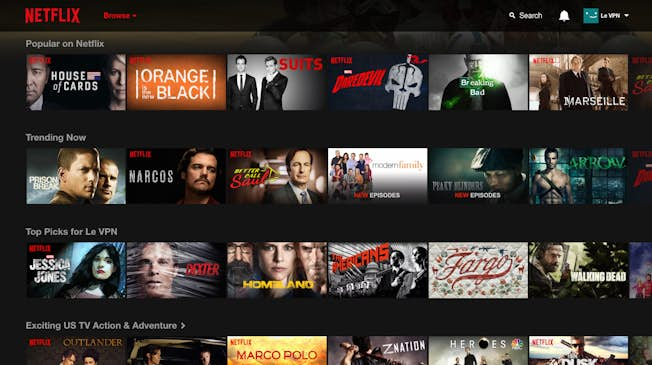
The most popular SVoD content streaming service in the world, Netflix, is widely recognized. Many people might not be aware, though, that Netflix’s creative application of AI is largely responsible for its unstoppable success.
In any industry, user experience (UX) is essential to a company’s success. Customers that have a good experience are more likely to tell others about it online, which improves a brand’s reputation.
Netflix uses AI-driven machine learning technologies to improve its user experience and customize its service for each user. This enables the platform to provide tailored content recommendations according to a user’s watching history and preferences. Furthermore, Netflix automatically optimizes streaming quality using AI to guarantee fluid playback and avoid buffering problems.
Currently, Netflix’s personalized recommendation engine powers more than 80% of the material viewed on the service, demonstrating its efficacy at a time when customers demand greater value from the brands they interact with.
Glanbia’s customer research and insights tool
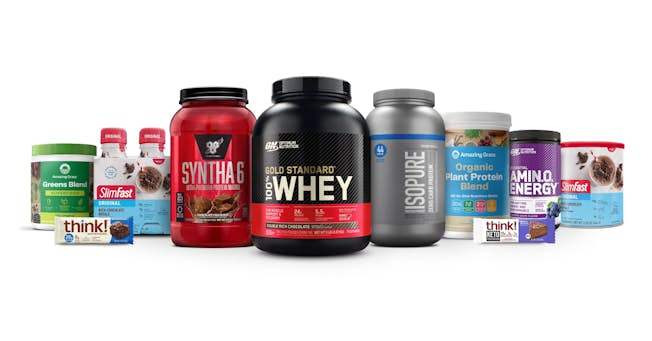
The global nutrition firm Glanbia Performance Nutrition aimed to improve interaction with its target audience by utilizing current research to obtain insightful consumer data for its marketing team.
The problem, though, was that the required data was dispersed over several studies, necessitating a substantial investment of time and money to sort through emails, chats, and a manual screening procedure in order to extract the pertinent data.
Glanbia deployed the AI-powered insight software from Bloomfire in collaboration with Elemental, a developer of AI solutions. By automating the research process, the company’s Insights & Analytics team was able to scrape data and produce precise summaries and in-depth insights for the marketing team.
This eliminated the need for manual searches and emails and allowed Glanbia’s workers to get customer insights quickly and efficiently. The business intends to integrate Bloomfire into its larger marketing workflow and increase its usage throughout the company.
AI Digital Advertising Examples
The Economist’s targeted AI ad content delivery innovation
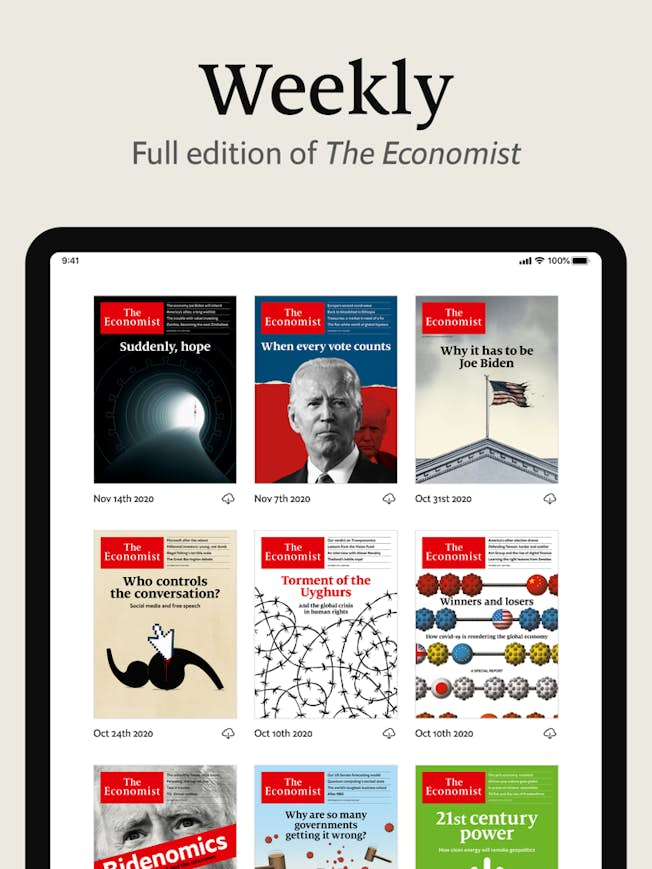
Around 2017, The Economist, a highly respected digital publication, started to see a decline in its audience.
To reverse this trend, the publication turned to AI-driven programmatic advertising, allowing it to buy and sell targeted ads autonomously. By utilizing this technology to capture and analyze detailed consumer data, The Economist identified a segment of its audience that it considered “reluctant readers.”
By analyzing web and app usage patterns autonomously, the team uncovered specific reading habits and preferences, enabling them to refine their approach to engaging potential readers online. Additionally, by matching cookies, subscriber data, and other data sets to find new audience segments and create lookalike profiles, the publication saw a significant boost in engagement.
The result? This forward-thinking campaign attracted 3.6 million new readers, generating an impressive 10:1 return on investment from the initial wave of revenue. This is a remarkable achievement in today’s competitive digital landscape.
Since then, this data-driven, AI-focused approach has sustained continuous subscriber growth, with a 9% increase (90,000 new loyal subscribers) between 2020 and 2021 alone—an impressive feat amid challenging circumstances.
For more inspiration on growing your consumer base, explore our analysis of the lasting power of customer loyalty schemes.
Heinz uses AI image generator to advertise its iconic ketchup
Heinz, the manufacturer of condiments, used AI image generators to maintain the marketing momentum after its viral “Draw Ketchup” campaign became successful.
By encouraging its audience to “Draw Ketchup,” Heinz was able to increase its sales by 1,500%. The Kraft-owned company then chose to further promote its famous red condiment by allowing fans and staff to use AI generators to produce their own artistic renditions.
In addition to producing a variety of entertaining footage, this gave the company a number of visually appealing ketchup bottle designs that they could utilize as promotional materials for different media. These images generated a lot of interest and demonstrated Heinz’s creative application of state-of-the-art digital technology.
Nike creates rapport with its audience using emotionally-driven technology
Leading sportswear company Nike is well known for its creative use of digital marketing. Nike, a genuine pioneer in its industry, uses artificial intelligence (AI) to give their advertising campaigns emotional depth.
Nike uses artificial intelligence (AI) to examine the emotional intelligence and characteristics of particular audience segments in order to produce ad material that appeals to customers on a deep level and tells gripping stories that maximize return on investment (ROI).
AI-powered emotional analysis was used to create campaigns such as the inspirational celebration of women in sports and the introduction of Serena Williams’ apparel. Nike’s ongoing success can be attributed in large part to this technology, which demonstrates the potent combination of influencer marketing and artificial intelligence.
AI Digital Marketing Examples
Coca-Cola’s creative AI platform
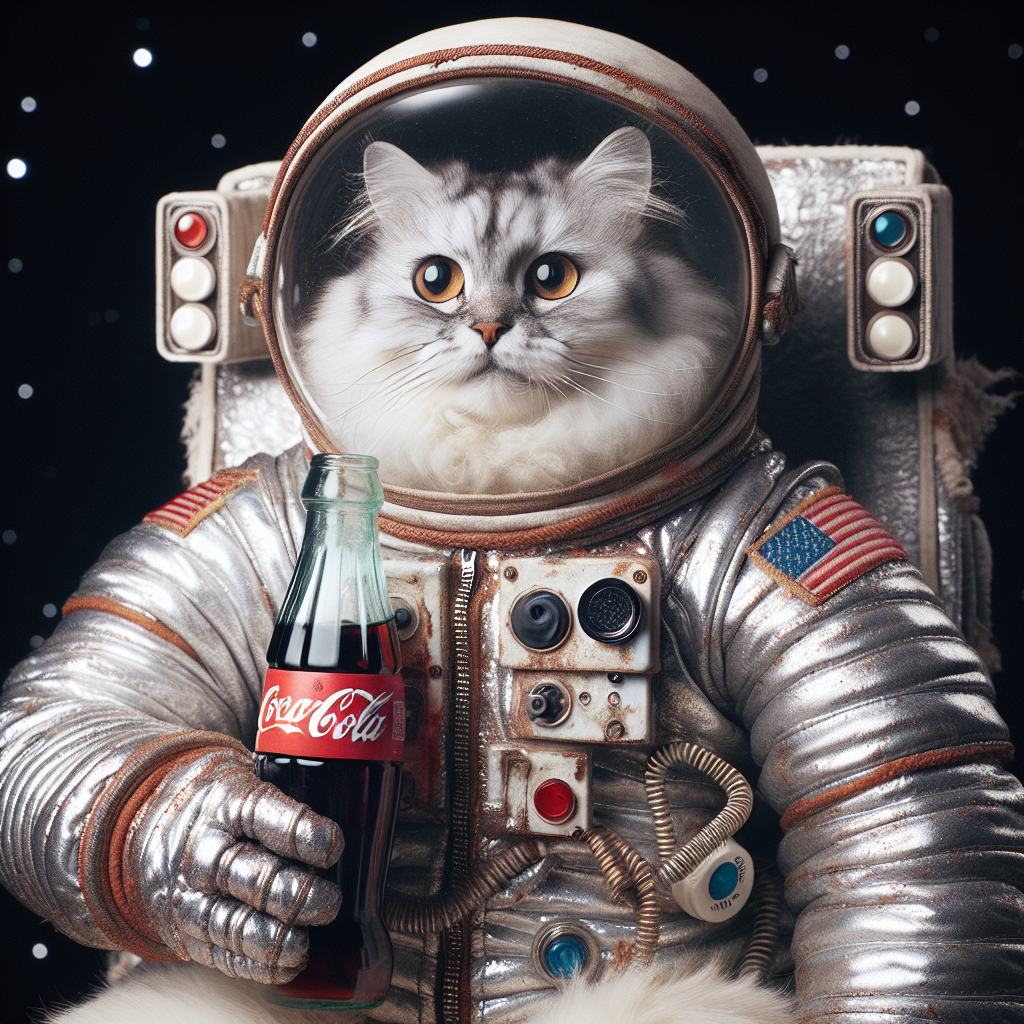
With the introduction of its own consumer-facing AI-powered creative platform, iconic brand Coca-Cola has increased the scope of its AI marketing initiatives.
By engaging its worldwide audience in the creative process, Coca-Cola has improved its AI-driven marketing in collaboration with OpenAI and Bain & Company. By creating their own AI-generated artwork, fans can interact with the brand on a highly personalized level through the Create Real Magic platform. Their creations may even be used in official Coca-Cola advertising campaigns.
This innovative application of AI demonstrates Coca-Cola’s dedication to ongoing innovation by fusing autonomous technology with user-generated content (UGC).
“We see many applications of AI — including content creation and rapid iteration, hyper-personalizing content and messaging for consumers, and driving two-way conversations with customers,” said Manolo Arroyo, Global Chief Marketing Officer, in a statement regarding the effort.
HubSpot’s internal AI marketing team’s use case transparency
HubSpot, a preeminent expert in digital marketing, consistently leads the way in new developments and trends, including artificial intelligence.
The company uses AI in a number of crucial aspects of its digital marketing plan, such as:
Using generative AI to find pertinent content topics at scale fast and effectively
Working together to create engaging article and blog post outlines using AI technologies like ChatGPT
simplifying the content brainstorming process by focusing on specific concepts and topics
Working with its internal marketing team, it is experimenting with creating video content and producing email summaries, rich snippets, and meta descriptions.
Nestle’s AI-powered content personalization platform
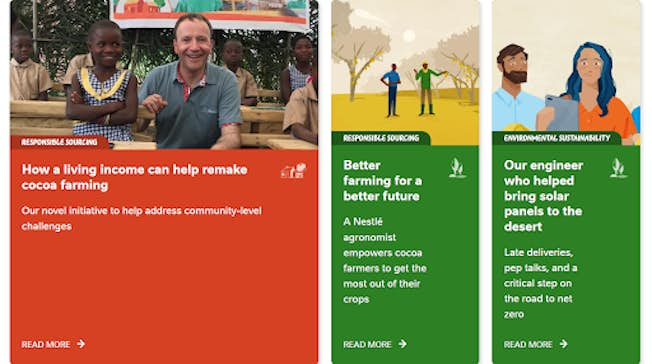
Scaling content production is crucial for a contemporary brand. However, it can swiftly deplete budgets and provide little return on investment (ROI) if the material is of low personal value.
Global food and beverage major Nestlé used natural language processing (NLP) technology to create tailored content for different audience categories in order to maximize its content marketing and provide more individualized communications.
Nestlé employs AI-powered data processing tools in addition to this content-driven innovation to gain a thorough understanding of its clientele. This method has continuously transformed insights into workable plans, resulting in new inventions like chatbots and virtual assistants. Sales growth in recent years has been significantly fueled by this digital transformation.
Will AI take over digital marketing?
In today’s fiercely competitive digital world, artificial intelligence (AI) in marketing may produce amazing outcomes in terms of growth, innovation, and long-term success when applied creatively and with a thorough understanding of the needs, wants, and preferences of the consumer.
Digital marketing will surely continue to benefit greatly from AI’s ability to augment human capabilities, automate tedious processes, and provide insightful data. For the foreseeable future, however, the human element in strategy, creativity, and relationship-building will continue to be crucial. It’s critical for marketers to acquire the abilities and know-how required to adjust to and prosper in this changing environment as AI becomes more and more integrated into marketing.
Use AI to elevate your digital marketing activities
By facilitating personalization, optimization, and automation of crucial tasks, artificial intelligence is transforming marketing. You will learn the basics of artificial intelligence (AI) and how to use key AI tools for research, content production, data-driven decision-making, and creative design in our brand-new interactive AI course, which includes hands-on walkthroughs. Make your reservation now!


